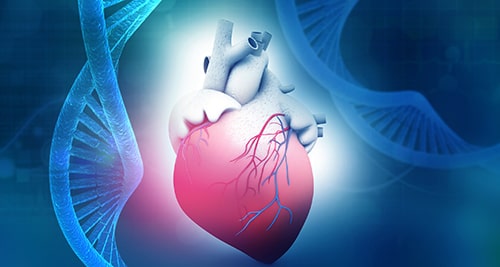Cardiofaciocutaneous Syndrome

Cardiofaciocutaneous Syndrome (CFC) is a genetic disorder typically caused by variants in one of several genes, most commonly KRAS, RAF1, MAP2K1 (MEK1), MAP2K2 (MEK2) or BRAF. Variants in other genes have also been reported in individuals with CFC. The overall prevalence of CFC is not known at this time, but studies in Japan estimate CFC occurs in one in 810,000 individuals. Patients with CFC have an increased risk for cancer.
What are some of the features and symptoms of Cardiofaciocutaneous Syndrome?
- Feeding problems or failure to thrive
- Facial features including large head, high forehead, short nose, and widely spaced eyes, droopy eyelids, small chin
- Slow growing hair that is fine or thick and abnormally dry and brittle
- Heart defects
- Short stature
- Intellectual disability and language impairment
- Risk of seizures
- Skin issues
What is the age at diagnosis of Cardiofaciocutaneous Syndrome?
Most individuals are diagnosed during infancy. However, patients with few to no symptoms may go undiagnosed.
How is Cardiofaciocutaneous Syndrome treated?
Treatment is focused on the specific symptoms and may involve a team of doctors with different specialties.
What types of cancer are individuals with Cardiofaciocutaneous Syndrome at higher risk of developing?
- Blood cancer (leukemia) have been reported in a few individuals.
- More research is needed to learn about cancers in patients with CFC.